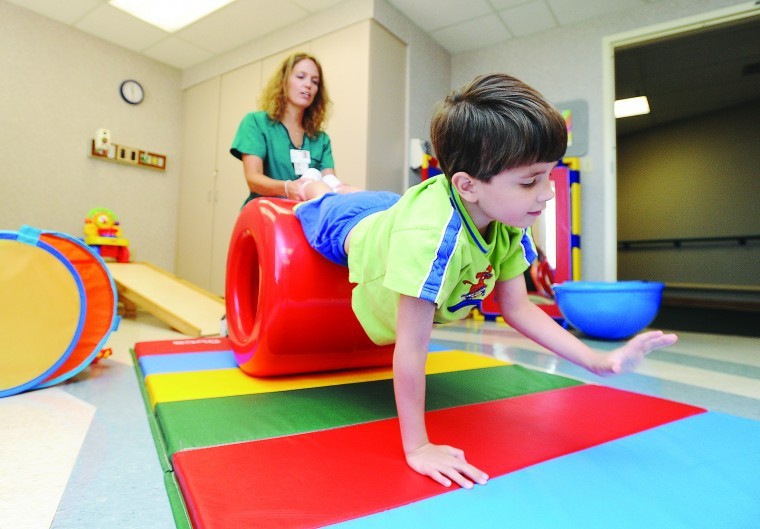
Sensory Play : Helping Children Feel Calm, Connected & Ready to Thrive
At Al Najma Centre, we understand that every child deserves to feel safe in their body, understood in their emotions, and fully supported in their growth. For children with autism, ADHD, sensory sensitivities, or emotional regulation challenges, the world can often feel overwhelming.
🔊 Everyday sounds may seem too loud, 💡 lights too bright, and 🧤 simple textures may cause discomfort. On the other hand, some children may seek more input, constantly craving 🌪️ movement, pressure, or stimulation to feel balanced and calm.
That’s where sensory play comes in. Far beyond just fun and games, 🎨 sensory play is a key therapeutic approach that provides children with the input they need to feel regulated, focused, and connected. At Al Najma, sensory play is not an add-on—it’s at the heart of everything we do to support children’s emotional, physical, and cognitive development.
💛 What Is Sensory Play & Why It Matters
Sensory play refers to any activity that engages a child’s senses—touch, sound, sight, movement, and body awareness. For children who struggle with sensory processing, these types of play help the brain learn to respond to stimuli in more organized and manageable ways. But it’s not just any play. At Al Najma, our experienced therapists design purposeful, guided activities tailored to each child’s sensory profile. 🎯 The goal is to help them feel calm, reduce anxiety, build focus, and develop the skills they need for daily life, school, and social interaction.
🌈 What Sensory Play Looks Like at Al Najma
At Al Najma, sensory play takes many forms, each one carefully selected to meet the child’s needs. You might see a child crawling through tunnels or navigating obstacle courses—🛝 what may look like fun is actually supporting their core strength, coordination, balance, and motor planning.
Tactile activities like playing with kinetic sand, slime, shaving foam, or soft fabrics 🧽 help children who are sensitive to touch gradually become more comfortable with different textures. Over time, this can make 👕 dressing, grooming, and 🍽️ mealtime experiences easier.
Heavy work activities—like pushing weighted carts or carrying beanbags—🧱 are used to provide deep pressure input to the muscles and joints. This has a calming effect 🧘 on the nervous system and is especially helpful for children who are always on the move or struggle to sit still.
Our calming sensory spaces, with soft lighting, bubble tubes, fiber optics, soothing music, and cozy beanbags, offer a peaceful retreat where children can reset and feel secure.
Messy play activities such as finger painting, foam art, or water play 🎨 encourage flexibility and emotional expression while helping kids become more open to new experiences. For children who need vestibular input (movement-based stimulation), we use swings, trampolines, and therapy balls 🌀 to build balance, coordination, and attention.
In our fine motor sensory bins—filled with rice, beans, or water beads—children practice scooping, sorting, and manipulating objects ✋, which strengthens the muscles needed for ✍️ writing, dressing, and feeding.
What makes this approach powerful is the way our therapists adapt each activity in real-time. It’s not about keeping children busy—it’s about meeting them where they are and gently guiding them toward better regulation, greater independence, and real-world readiness.
💬 What Parents Notice Over Time
Over time, parents begin to see meaningful changes. Children may tolerate clothing textures they once avoided 👗, show more focus during tasks 🎯, use more expressive communication 🗣️, or handle changes in routine with less distress 🔄. These improvements often come slowly—but they are lasting and significant.
Sensory play works best when it is part of a consistent, individualized therapy plan that includes 🧠 behavioral strategies, 💬 communication support, and 🔧 functional skills.
At Al Najma, we celebrate every small step—a longer moment of calm, a new word, a peaceful transition. These are the whispers of progress, and they matter deeply. 🌟 “Progress doesn’t always shout—it often whispers in moments of calm, a longer pause, a new smile. In those moments, growth begins.”
📍 Come See It for Yourself
Every child is unique, and so are their needs. Whether your child is easily overwhelmed, always moving, or just needs more support to feel comfortable in their world, our sensory-based therapy can help.
Visit our sensory rooms at Al Najma Centre in Karama, Dubai and Al Nahda, Sharjah 🏙️, and meet our warm, experienced therapists. Let us show you how thoughtfully guided play can help your child develop the skills they need to thrive—in their body, their mind, and their relationships.
📞 Call us today to book a consultation or schedule a visit: +971 50 123 4567
📍 Al Najma Centre – Karama, Dubai | Al Najma Centre – Al Nahda, Sharjah
Back to Blogs
